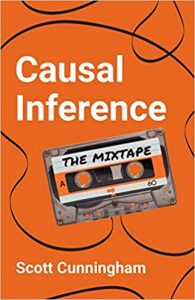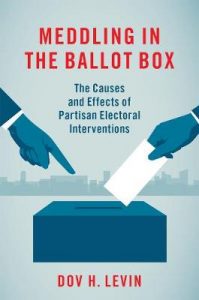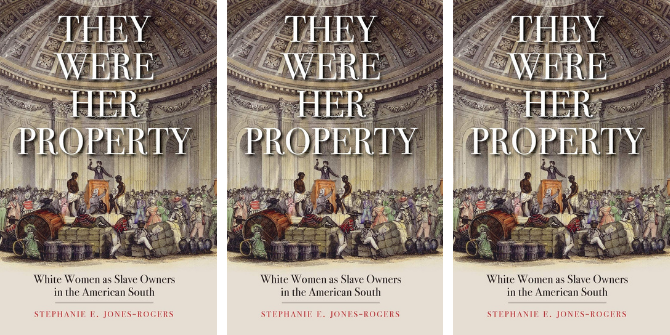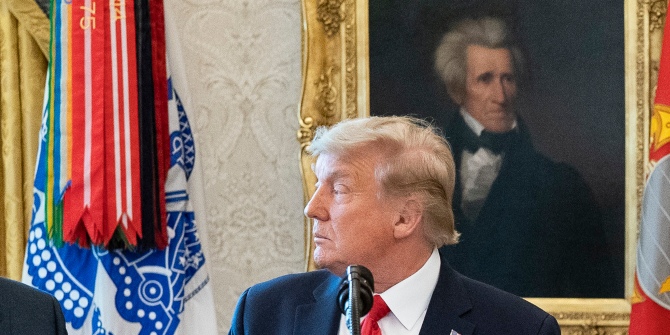 The recent U.S. government shutdown, which was the result of a ‘funding gap,’ was the 18th funding gap since fiscal year 1977. Jessica Tollestrup looks at funding gaps from a legislative point of view, writing that this instance was unusual in its length, that no regular appropriations bills were enacted prior to its beginning, and that it led to a government shutdown. Given that the recent Continuing Resolution that ended the funding gap runs out on the 15th of January, 2014, legislators will have to work quickly in order to avoid another government shutdown.
The recent U.S. government shutdown, which was the result of a ‘funding gap,’ was the 18th funding gap since fiscal year 1977. Jessica Tollestrup looks at funding gaps from a legislative point of view, writing that this instance was unusual in its length, that no regular appropriations bills were enacted prior to its beginning, and that it led to a government shutdown. Given that the recent Continuing Resolution that ended the funding gap runs out on the 15th of January, 2014, legislators will have to work quickly in order to avoid another government shutdown.
A funding gap is an interval during the fiscal year where federal funds for a particular activity have lapsed and new funds have not yet been provided. The possibility for funding gaps has existed since the very first Congress, originating from the U.S. Constitution. Article 1, Section 9 of the U.S. Constitution provides, in part, that, “No money shall be drawn from the Treasury, but in Consequence of Appropriations made by Law.” As a result of this requirement, legislative action must occur to provide funds for each activity of the federal government.
The occurrence of funding gaps that simultaneously affect multiple federal government activities relates to the structure of the American budget process. Under this process, appropriations to fund government activities may generally be divided into two different types of schedules. First, appropriations may be provided on a long-term or permanent basis. This is the case for many programs, such as Social Security or Medicare (termed “entitlements” in the U.S.). Second, appropriations may be made available on an annual basis, at the beginning of each fiscal year. The routine costs of running federal agencies, including wages and salaries, as well as many federal programs that distribute funds to states, are typically funded on this shorter timetable.
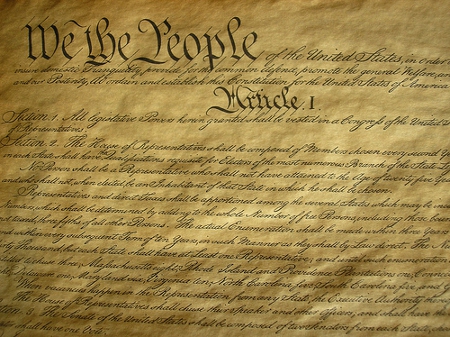
Credit: Jonathan Thorne (Creative Commons BY NC)
To provide for the annual appropriations, the American budget process currently anticipates the enactment of 12 regular appropriations bills by the beginning of each fiscal year (October 1), with each measure providing funding for one or more agencies. When one or more of these regular appropriations bills is not enacted by that deadline, interim funding may be provided through a measure termed a continuing appropriations act (also referred to as a “continuing resolution” or CR). If the first CR for a fiscal year expires prior to regular appropriations being completed, further CRs may be enacted. Over the past thirty years, all regular appropriations bills were enacted by the start of the fiscal year (FY) in only three instances (FY1989, FY1995, and FY1997). In all other fiscal years, one or more CRs were used to provide interim funding.
If regular appropriations bills, or continuing appropriations, are not enacted prior to the beginning of the fiscal year, a funding gap ensues for affected activities until such appropriations are provided. Funding gaps may also occur in the middle of the fiscal year if a CR expires and is not replaced with regular appropriations or another CR. Since the beginning of the fiscal year was shifted to October 1 for FY1977, 18 funding gaps have occurred, as listed in Table 1 below.
Table 1 – Appropriations Funding Gaps since Fiscal Year 1977
| Fiscal Year | Final Date of Appropriations | Full Day(s) of Gaps | Date Gap Terminated |
| 1977 | Thursday, 09/30/76 | 10 | Monday, 10/11/76 |
| 1978 | Friday, 09/30/77 | 12 | Thursday, 10/13/77 |
| Monday, 10/31/77 | 8 | Wednesday, 11/09/77 | |
| Wednesday, 11/30/77 | 8 | Friday, 12/09/77 | |
| 1979 | Saturday, 09/30/78 | 17 | Wednesday, 10/18/78 |
| 1980 | Sunday, 09/30/79 | 11 | Friday, 10/12/79 |
| 1982 | Friday, 11/20/81 | 2 | Monday, 11/23/81 |
| 1983 | Thursday, 09/30/82 | 1 | Saturday, 10/02/82 |
| Friday, 12/17/82 | 3 | Tuesday, 12/21/82 | |
| 1984 | Thursday, 11/10/83 | 3 | Monday, 11/14/83 |
| 1985 | Sunday, 09/30/84 | 2 | Wednesday, 10/03/84 |
| Wednesday, 10/03/84 | 1 | Friday, 10/05/84 | |
| 1987 | Thursday, 10/16/86 | 1 | Saturday, 10/18/86 |
| 1988 | Friday, 12/18/87 | 1 | Sunday, 12/20/87 |
| 1991 | Friday, 10/05/90 | 3 | Tuesday, 10/09/90 |
| 1996 | Monday, 11/13/95 | 5 | Sunday, 11/19/95 |
| Friday, 12/15/95 | 21 | Saturday, 01/06/96 | |
| 2014 | Monday, 09/30/13 | 16 | Thursday, 10/17/13 |
Source: Research conducted by the author.
Funding gaps during this period have varied considerably in their duration, scope, and effects, but the most recent funding gap is distinct in all three of these regards. The FY2014 funding gap, which lasted for 16-days, was the third longest since FY1977. It is exceeded only by the 17-day funding gap in FY1979, and the 21-day funding gap in FY1996. The other 15 funding gaps during this period averaged less than five days in duration, with 10 of these being three days or fewer.
The scope of this most recent funding gap, in terms of the number of regular appropriations bills that were not enacted prior to the commencement of the gap, was also unusually broad. No regular appropriations bills were enacted prior to the beginning of the FY2014 funding gap; although a CR (Public Law 113-39) was enacted on September 30 that provided funds for certain military, Department of Defense, and Department of Homeland Security activities. During only three other funding gaps (FY1987, FY1988, and FY1991) were no regular appropriations bills enacted prior to the gap’s commencement. In contrast, during nine of the funding gaps (FY1977, FY1978, FY1984, FY1985, and the second for FY1996), four or more regular appropriations bills had previously been enacted.
Finally, while the FY2014 funding gap resulted in a shutdown of affected activities and furlough of associated personnel, this was not the case for many of the funding gaps that have occurred since FY1977. During the funding gaps prior to the early 1980s, while agencies tended to curtail some activities, they often continued to operate based on an expectation that funding would be provided. However, in late 1980 and early 1981, certain Department of Justice legal opinions clarified the need for the federal government to cease affected activities once a funding gap began, which would include the furlough of associated personnel. Allowable exceptions to this requirement are, for example, the “safety of human life or the protection of property” [31 U.S.C. 1342]. In addition, while some of the funding gaps that occurred since these opinions were issued resulted in shutdowns, many did not because they were of short duration or occurred over weekends.
Given the length, breadth, and shutdown response, the FY2014 funding gap is arguably one of the most notable that has occurred since FY1977. This gap terminated with the enactment of an interim CR (Public Law 113-46), which provides funding through January 15, 2014. Until that time, in order to avoid a recurrence of funding gaps, efforts to enact annual appropriations or CRs may continue to occur.
Please read our comments policy before commenting.
Note: This article gives the views of the author, and not the position of USApp– American Politics and Policy, the London School of Economics, the Congressional Research Service or the Library of Congress. Institutional affiliation is provided for purposes of identification only.
Shortened URL for this post: http://bit.ly/19ukvJB
_________________________________
 Jessica Tollestrup
Jessica Tollestrup
Jessica Tollestrup is an Analyst on Congress and the Legislative Process with the Congressional Research Service. She specializes in the congressional budget process and has written on budget process reform, congressional procedure, and institutional development. She holds a BA in Political Economy from the College of Idaho and an MS in Political Science from Portland State University. She was a 2010 Presidential Management Fellow.








